A Thorough Handbook on the Merits, Drawbacks, and Factors to Weigh When Deciding Whether to Keep Your Feline Friend Inside or Allow Them to Roam the Great Outdoors
As a proud owner or admirer, one of the most important choices you’ll face for your whiskered partner is whether to keep them inside the homestead or let them wander the wild frontier outside. Your cat’s health, behavior, and quality of life are all profoundly impacted by this decision, so it’s not merely a question of personal preference. Cats have vastly different experiences in both indoor and outdoor settings, and there are benefits and drawbacks to each. To assist you in making a well-informed decision for your cherished pet, this book will explore the important considerations such as health, safety, and environmental impact.
The Significance of Recognizing the Differences
Before we saddle up and ride into the pros and cons, it’s mighty important to grasp why it’s crucial to know the differences between indoor and outdoor felines. While all cats have a penchant for exploration, the way they spend their time indoors and outside can be very different.
If you want to make decisions that are best for your cat, you need to know the pros and cons of both options. Indoor cats have a lower risk of disease and a longer life expectancy, but they might benefit from extra mental exercise. However, there are several dangers that outdoor cats encounter while enjoying exploring nature.
Their longevity, well-being, and contentment may be affected by the choice in the end. By arming yourself with knowledge, you can create the ideal setting for your feline friend, one that supports their natural tendencies and meets their specific needs.
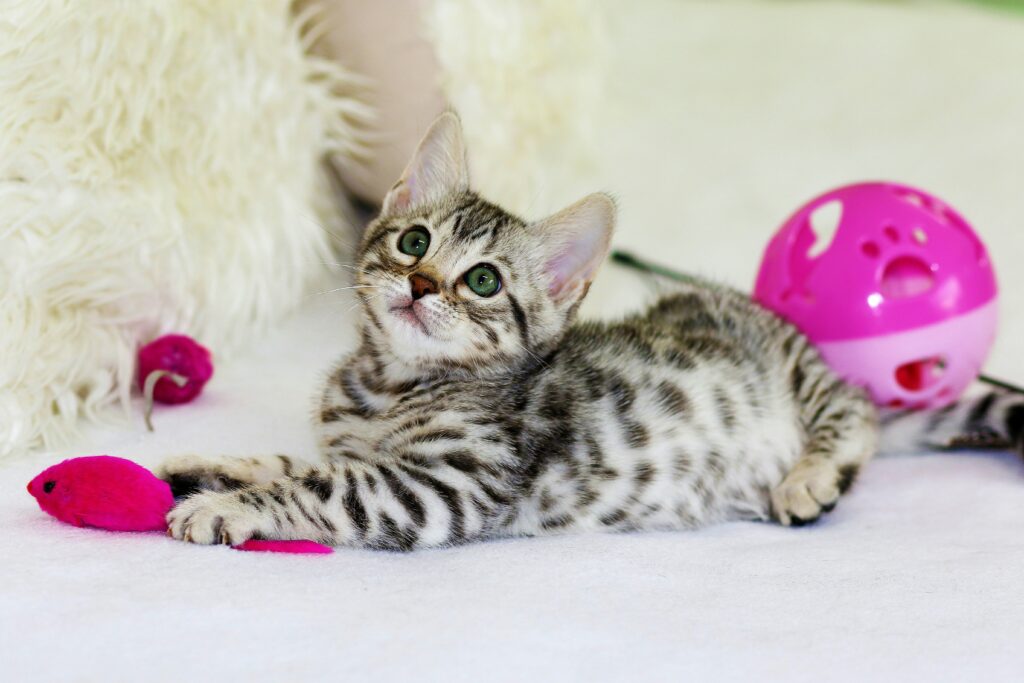
Indoor Cats: Pros and Cons
Now that we have covered the indoor felines, we will now explore the distinct advantages and difficulties associated with outdoor cats.
Pros of Indoor Cats
Prolonged Vitality
The average lifespan of an indoor cat is much higher than that of an outdoor cat. Cats living inside have a life expectancy of 12–20 years, however those living outside face risks such as traffic, predators, and illness, reducing their longevity to 2–5 years.
Preventing Harm from Outside Sources
Cats are safer inside, away from potential dangers like cars, other animals, and people. They are less likely to come into contact with dangerous substances, such as pesticides or toxic plants, because of this.
Decreased Possibility of Illness
Fleas, ticks, and other parasites and diseases are far less common in cats that live inside. They are able to stay healthy and free of infectious diseases like feline leukaemia and feline immunodeficiency virus (FIV) since they don’t interact with stray cats.
Dietary Management
If you have an indoor cat, you have more control over its food intake and can make sure it gets the right nutrients. Consequently, this aids in the fight against obesity and other dietary-related diseases.
Reduced Risk of Injury
Cats that are kept indoors are less likely to sustain injuries, whether they are caused by other animals or by accidents such as coming into contact with fences, falling from trees, or treading on sharp items.
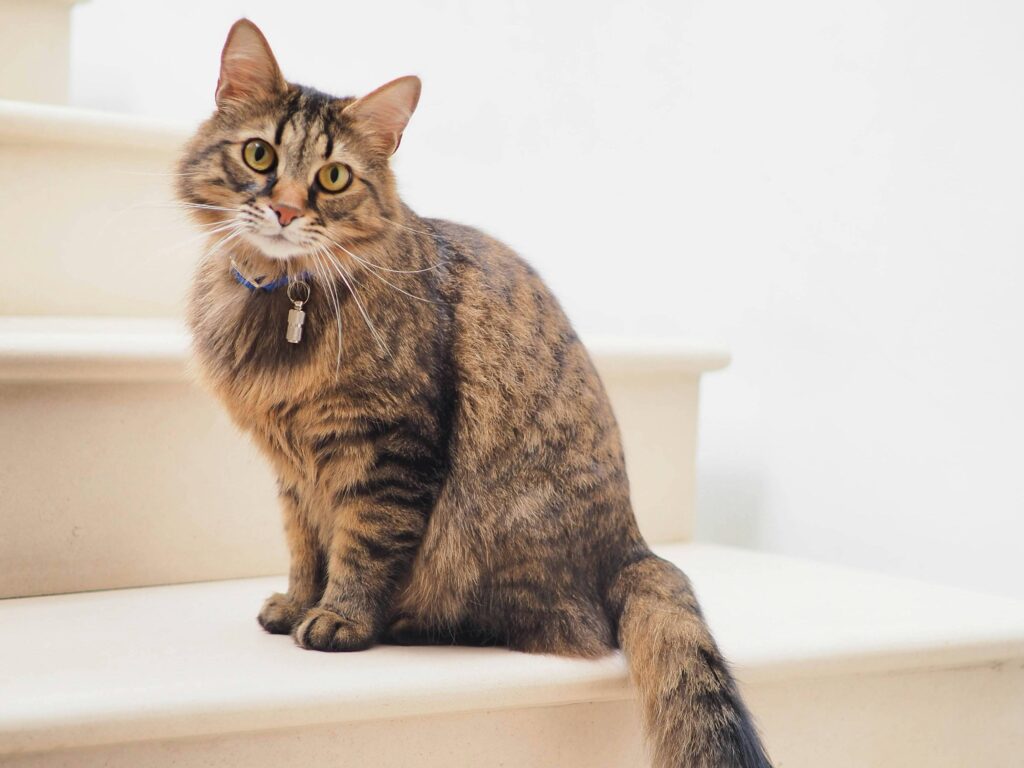
Cons of Indoor Cats
Possibility of Being Bored
Indoor cats might develop behavioral issues including excessive grooming, aggressiveness, or scratching furniture if they aren’t stimulated enough. To maintain good health, cats require both mental and physical engagement to satisfy their innate curiosity.
Inactivity and Excess Fat
Due to a lack of exercise, indoor cats are more likely to gain excess weight than their outdoor friends. They put themselves at risk for diabetes and joint issues if they don’t exercise regularly.
Environmental Enrichment Is Necessary
An active home is essential for an indoor cat’s health and happiness. That means furnishing them with scratching posts, toys, and trees so they can play, and letting them roam freely so they may engage in activities like hunting, climbing, and hiding.
Anxiety and Stress
A lack of opportunity to explore their natural environment can cause stress and anxiety in certain felines. In the absence of sufficient mental stimulation, they may exhibit behaviors such as pacing, attempting to flee, or displaying signs of irritation.
Outdoor Cats: Pros and Cons
Now that we have covered the indoor felines, we will now explore the distinct advantages and difficulties associated with outdoor cats.
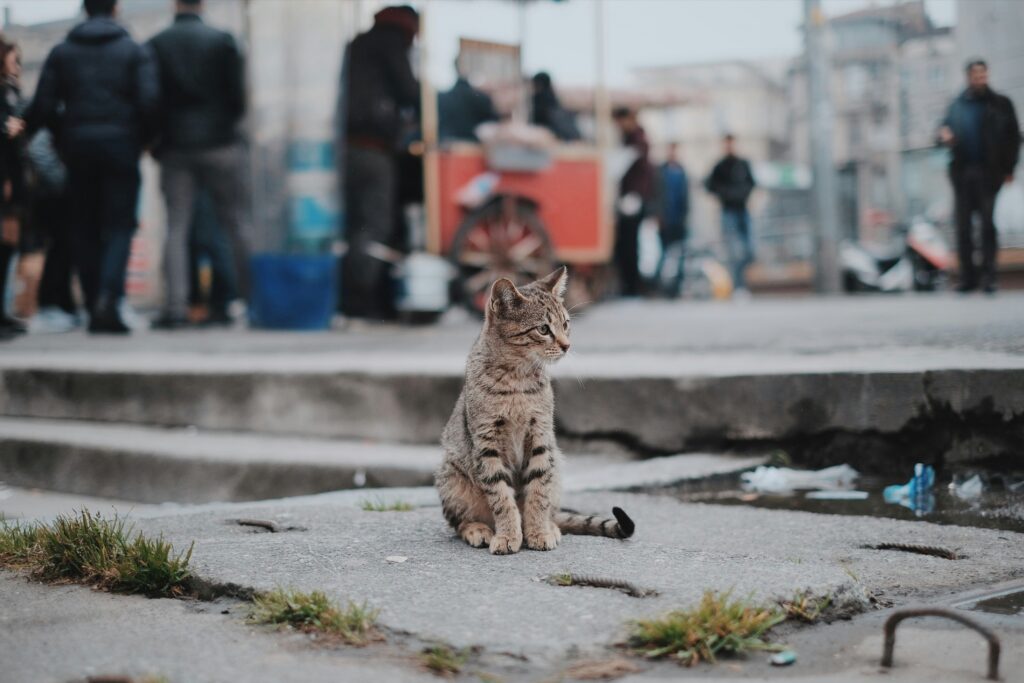
Pros of Outdoor Cats
Outdoor Adventure and Physical Fitness
Cats who live outside receive a lot of mental and physical stimulation from exploring their environment. They are able to fulfill their natural inclinations, which include climbing, running, and hunting, which adds to their happiness and well-being.
Lower Chance of Boredom
Cats are less likely to experience boredom when they are outside, where they are constantly stimulated. Their mental and physical activity is kept up by engaging with the natural world, hunting, chasing insects, or any number of other activities.
More Social Engagement
When cats live outside, they have more opportunities to socialise with a wider variety of animals. Some felines benefit from forming relationships with other cats in the area or interacting with other small animals.
Perks for Behaviour
Outdoor cats are less likely to experience the stress and behavioural problems that plague their indoor counterparts and are more likely to act in a more natural way. They are able to satisfy their demand for autonomy and independence by marking their territory, hunting, and climbing.
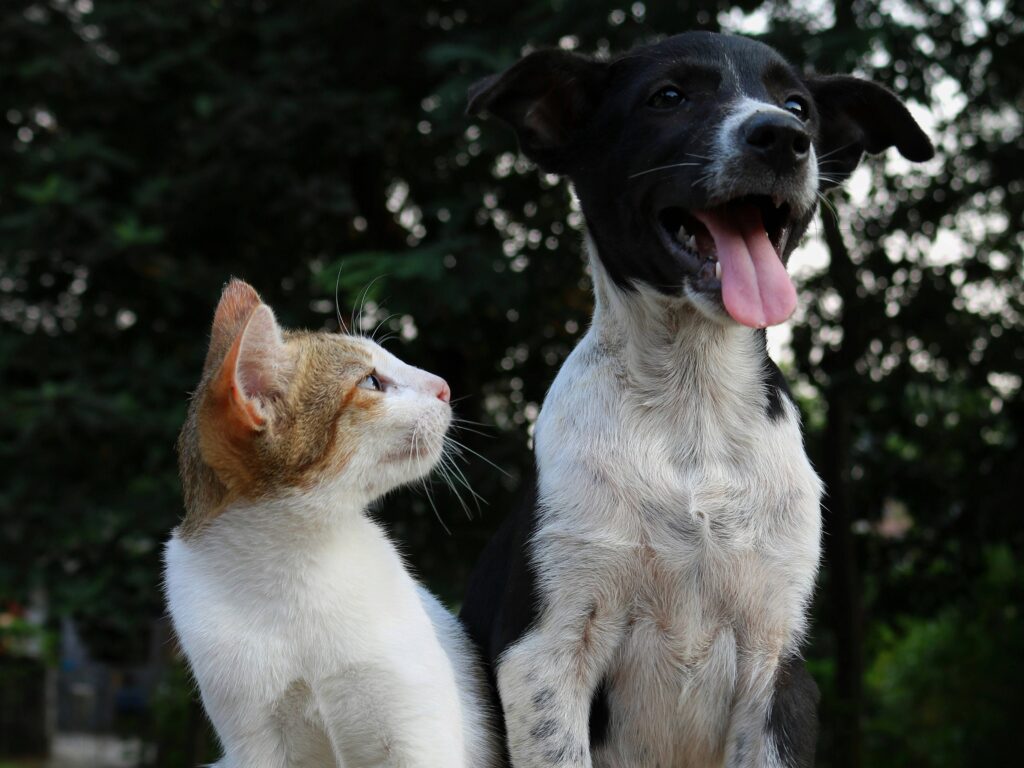
Cons of Outdoor Cats
A Reduced Lifespan
As a result of the numerous dangers they confront, cats who live outside have a much shorter lifespan. There are a number of issues that put outdoor cats in danger, including exposure to the environment, traffic, and potential threats from predators such as dogs, coyotes, and hawks.
Encountering Illnesses and Infestations
Diseases such as feline leukaemia, upper respiratory infections, and feline immunodeficiency virus are more common in cats that live outside. Parasites like fleas and ticks are more prone to infest them, which can have devastating effects on their health.
Increased Likelihood of Injury
Outdoor cats are susceptible to injuries from fights with other animals or accidents, including being struck by a vehicle or falling from a height. They also face the danger of being poisoned by chemicals or becoming trapped in confined areas.
Adverse Effects on the Local Wildlife
Cats living outside have a harmful effect on local wildlife, especially bird populations, due to their innate hunting instincts. There are ecological problems related to the demise of some species in specific locations caused by outdoor cats.
Human Hazards
Victims of cruelty or maltreatment may include outdoor cats. Additionally, they could end up in the wrong hands, stolen, or adopted by someone else. Cats living outside face numerous dangers that humans can’t eliminate.
Striking a Balance: Indoor/Outdoor Cats
A few cat owners choose a middle ground, letting their feline friends go outside occasionally but under supervision. Several possibilities are presented here:
Walks with Leashes
Training your cat to walk on a leash enables them to safely discover the outdoors while you keep a watchful eye. This choice offers an ideal balance of engagement and security.
Catios, or Outdoor Enclosures
To provide your cat with the benefits of outdoor living without the hazards, consider constructing or buying an outdoor enclosure (also called a “catio”). Cats can safely explore the outdoors in these confined areas while still taking in the sights, sounds, and scents.
Guided Outdoor Activities
Cats can be allowed outside by certain owners, but only when well supervised. This way, your cat can still enjoy exploring outdoors without being subjected to as many dangers.
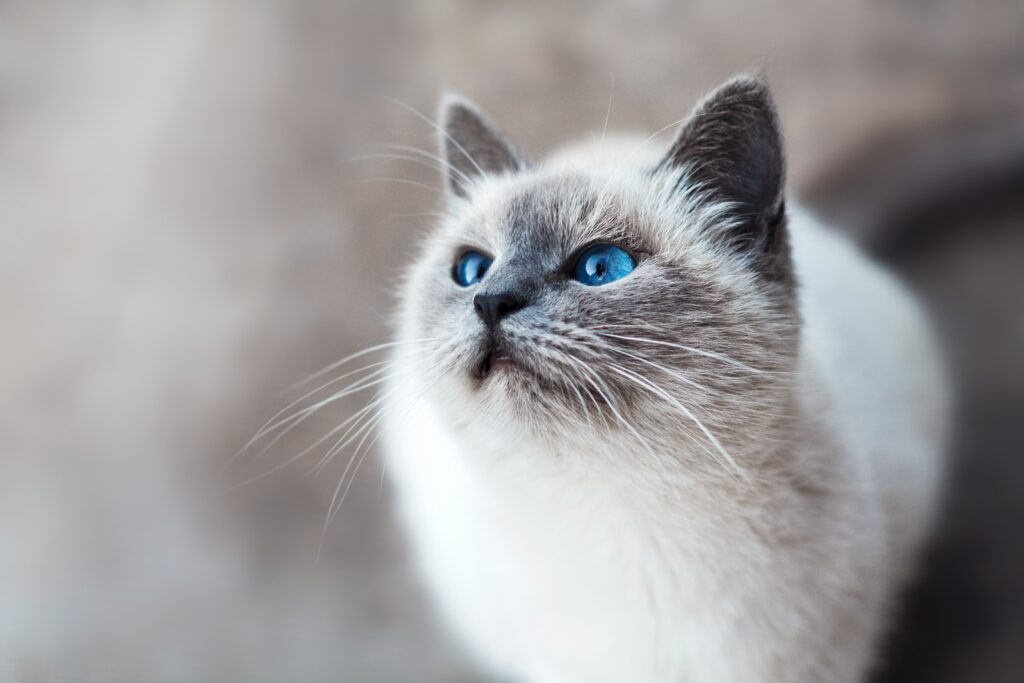
Which Is Ideal for Your Cat?
Factors such as your home’s climate, your cat’s temperament, and your capacity to create a secure, stimulating indoor environment are more important than any universal rule when deciding whether a cat should live inside or outside.
Ensuring Safety and Longevity
The best course of action may be to confine your cat indoors if you reside in a densely populated region prone to crime, stray animals, and heavy traffic. Cats kept indoors have a lower risk of illness and a longer life expectancy.
For Stimulation and Activity
If you have a cat that is extremely active and appears to be restless inside, it may be useful to discover ways to let them explore the outdoors within a safe environment. You should, however, constantly take into account the potential risks and weigh them against the potential benefits.
Personal Preference and Lifestyle
Indoor living can be just as satisfying for your cat if you’re prepared to put in the effort to create an interesting environment (with lots of toys, scratching posts, and climbing spots). However, outdoor life can be suitable if you reside in a less congested rural region and are at ease allowing your cat to roam freely.
Conclusion
In the end, it’s up to you, the security of your home, and your cat’s requirements to decide whether they’re better off inside or roaming freely. Although cats living indoors have it better in terms of longevity and safety, they still need mental and physical stimulation to thrive. Cats living outside have a better chance of experiencing life in its purest form, but they also confront numerous threats that can drastically reduce their longevity.
Grasping these differences is mighty important for giving your feline companion the finest care possible. By considering the advantages and disadvantages of each option, you can arrive at a decision that guarantees your cat enjoys a long, joyful, and healthy life. Regardless of whether you choose to keep them inside, let them outside, or strike a balance between the two, the key focus should be on ensuring their safety, health, and emotional well-being.

